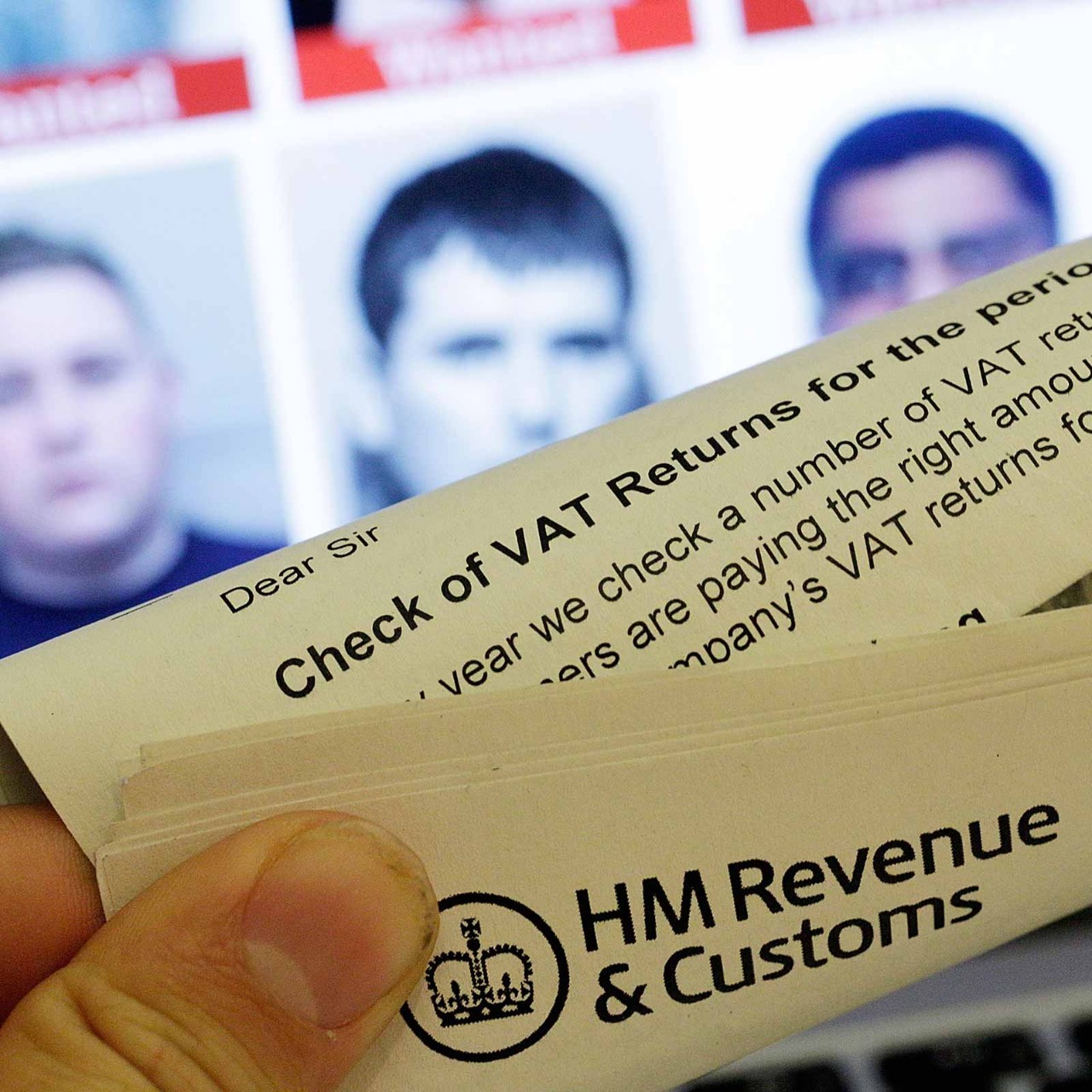
The first year of having a baby might be exhausting, but it’s also one of the most magical periods of parenthood. Seeing your child smile, laugh and crawl for the first time are experiences that few parents want to miss. Shared parental leave (SPL) exists to help parents share these experiences, as well as the responsibility of childcare.
When SPL was first introduced in the UK, back in 2015, it was positioned as a more flexible replacement for an extended period of statutory leave, known as additional paternity leave. SPL enables two parents to share up to 50 weeks of leave, and up to 37 weeks of pay, between them.
Both the pay and the leave need to be taken in the first year after their child is born or – in the cases of adoption and surrogacy – placed with their family. The leave can be taken in one go or in staggered blocks, with both parents able to be off work at the same time.
‘The dad gets to be around, and he develops confidence in care’
SPL can be taken by a child’s mother, father, or the mother’s spouse or partner, including civil partners and same-sex partners. To be eligible, both parents must share responsibility for the child, and meet certain work and earnings criteria. When they participate in the scheme, mothers end their maternity leave early so they can share leave flexibly with their partner during their child’s first year.
Take-up rate
In theory, SPL enables both parents to spend quality time with their child in the early, formative months. It also supports gender equality by allowing women to share caring responsibilities with their partners and potentially return to their jobs quicker.
Alex Metcalfe, ACCA global head of public sector, is planning to take SPL when he and his wife have their first child later this year. The couple have also read studies that suggest the move will be good for child development and family dynamics.
‘The dad gets to be around, and he develops confidence in care,’ Metcalfe explains. ‘You can be the equal partner in supporting the development of your child.’
Yet while its objectives are laudable, SPL has some notable flaws in practice. Arguably the biggest relates to pay since many couples simply cannot afford to use the scheme.
‘Shared parental pay, like statutory maternity pay, is capped – currently at £151.97 per week,’ says Lauren Harkin, a partner in the employment law team at law firm Royds Withy King. ‘While a number of employers now offer enhanced maternity pay to their employees, not as many employers are enhancing shared parental pay. There is no legal obligation to offer comparable terms.’
Another major flaw is the fact the scheme effectively requires women to sacrifice their own maternity leave so that their partner can benefit – something many are not prepared to do. Furthermore, the rules around SPL are complex and become even more complicated when either of the parents is an agency worker, working on a zero-hours contract, or is self-employed.
Disappointing start
SPL’s various shortcomings explain why the scheme has been heavily criticised and take-up has remained disappointingly low – despite the government splashing out on the 2018 ‘Share the joy’ advertising campaign.
According to charity Maternity Action, just 3.6% of eligible fathers had made use of the scheme during the 2019/20 financial year – well short of the government’s 25% target. Earlier this year, Frances O’Grady, secretary-general of the Trades Union Congress, even called for SPL to be scrapped.
‘While SPL may be a positive for staff, as it encourages flexibility, employers may view it as difficult and disruptive to their business, and employees may not see it as useful,’ says Kate Palmer, HR advice and consultancy director at HR expert Peninsula. ‘This is contributed to by the complicated rules surrounding eligibility, notice requirements and the patterns of leave that can be taken.’
Employers can retain talent and boost productivity by encouraging both parents to take shared parental leave
Need for reform
Law firm Royds Withy King anticipates that SPL may be reformed in the coming years. Metcalfe also sees a need for policy reform and suggests the UK could follow the example of Sweden, which has a ‘use it or lose it’ approach to parental leave.
‘Ninety days’ leave are assigned to the mother’s partner,’ says Metcalfe. ‘Either they use that time or it’s lost.’
In the meantime, UK employers could potentially play a role in helping the existing scheme work better.
‘Employers don’t have a choice as to whether or not they offer shared parental leave, as it is a legal requirement,’ says Charlotte Farrell, associate solicitor in the employment team at law firm Paris Smith. ‘But they do have a choice over whether or not they enhance shared parental pay or leave it at the statutory amount.’
Metcalfe agrees: ‘One of the best things employers can do to make a difference is to provide a level playing field in terms of the incentives that exist for the father or mother to take time off.’
There is also a strong need for culture change. Farrell argues that employers can retain talent and boost productivity by encouraging both parents to take shared parental leave in the first few months of a child’s life. She also underlines the importance of good parental leave policies that can ‘help families maintain a healthy work-life balance’.
EY is an example of a major employer that views SPL as part of its talent proposition – and it has seen interest in the scheme steadily increase over time. ‘EY provides enhanced pay for both maternity leave and SPL, which helps support take-up,’ explains Justine Campbell, EY’s UK & Ireland managing partner for talent.
Ultimately, SPL is not just a legal obligation, but an opportunity to help people experience the most magical moments of parenthood. With the right support from employers, it could yet be taken up by many – and not just the fortunate few.


